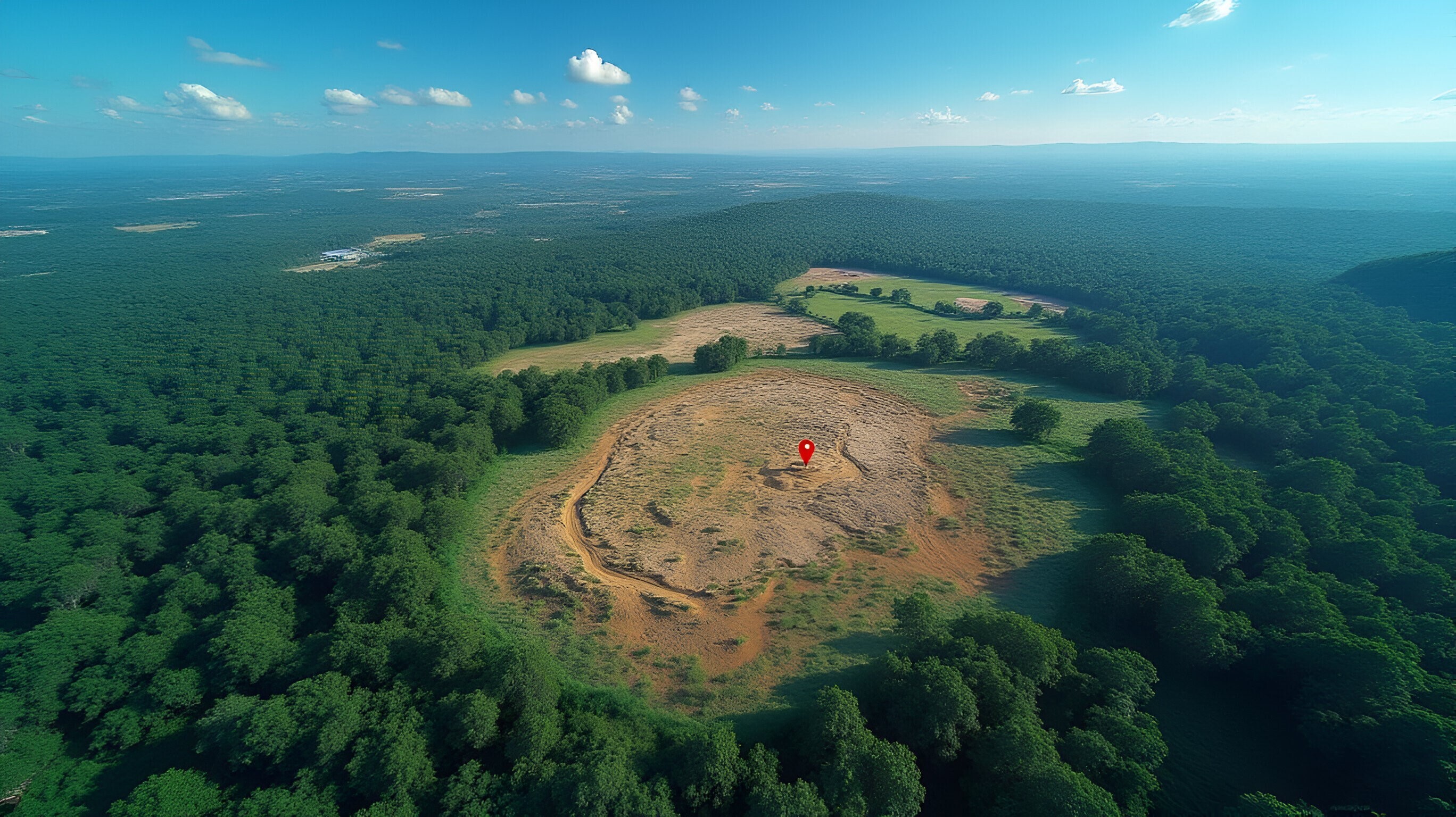

In a landmark development for the metals sector, Brazilian Rare Earth (BRE) and Rio Tinto have signed a revised agreement to advance the Amargosa bauxite‑gallium project in Bahia, Brazil. This collaboration seeks to unlock one of the highest‑grade undeveloped gallium prospects in the world while securing a fresh source of bauxite, the critical feedstock for aluminium smelting. With global aluminium markets navigating tight supply dynamics, surging demand in green technologies and construction, and price volatility, the Amargosa pact arrives at a pivotal moment for the industry.
{alcircleadd} Image source: https://www.ainvest.com/
Image source: https://www.ainvest.com/
The Amargosa project
Located in north‑eastern Brazil, the Amargosa tenement neighbours BRE’s rare‑earth holdings and hosts both high-grade bauxite and significant gallium content. Recent assays on 1,275 Rio Tinto‑sourced bauxite samples confirmed gallium oxide grades as high as 190 ppm, with an average of 75 ppm Ga₂O₃ — placing Amargosa among the world’s top undeveloped gallium prospects. Gallium is indispensable for semiconductors, LEDs and photovoltaic cells, and its supply chain has faced geopolitical disruptions in recent years. By co-developing bauxite and gallium extraction, BRE and Rio Tinto aim to enhance project economics and deliver strategic metal supplies to both the aluminium and electronics sectors.
Global bauxite and aluminium supply landscape
Bauxite, the ore from which alumina and, ultimately, aluminium are produced, is geographically concentrated. World resources are estimated at 55 - 75 billion tonnes, with Africa holding 32 per cent, Oceania 23 per cent, South America and the Caribbean 21 per cent, and Asia 18 per cent. In 2024, global primary aluminium production totalled roughly 67 million tonnes, with February 2025 alone accounting for 5.645 million tonnes. The leading producers of bauxite remain Australia and Guinea, which together supply over 60 per cent of global exports. Still, the Amargosa development signals Brazil’s intent to capture a larger share of this market.
Demand drivers and price dynamics
 Events
Events
 e-Magazines
e-Magazines
 Reports
Reports



Responses






